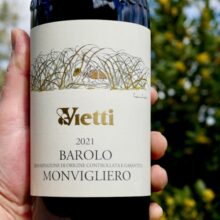
Product information
Vietti Barolo ‘Monvigliero’ MAGNUM 2021
$1,098
Description
This is the baby in the bunch, representing one of the newest additions to the Vietti portfolio, with the first vintage produced in 2018. The learning curve in Monvigliero is always steep, or so most winemakers tell me, because very few can go to 100% whole-cluster fermentation. Indeed, the 2021 Barolo Monvigliero sees 60% whole clusters. The Vietti team is experienced, and this wine is pristine. This vintage was harvested on September 30th, and maceration was a bit shorter, at 20 days. The wine shows a delicate film of pink salt with garden herbs, lemon leaves and spring flowers. It is a wine of extreme elegance, but I find that this vintage is especially Mediterranean in character.
Monica Larner, The Wine Advocate 97 Points
This wine sees 60% whole cluster fermentation in a single vat. Having some destemmed grapes makes fermentation easier to control. Family friend Fabio Alessandria of Comm. G.B. Burlotto offered tips on how to avoid volatile acidity or other problems with long maceration times. In fact, Vietti was able to acquire directly from Fabio Alessandria their 8,000-square-meter parcel in Monvigliero located at 300 meters in elevation on a high plain. “He passed the ball to us,” says Luca Currado.
The 2021 Barolo Monvigliero is another step forward for Vietti. Aromatic and lifted, the 2021 is all class. The stems (60%) are evident but not as strong of a marker as they were in the first years. Stylistically, the Monvigliero is closest to the Ravera, with which it shares a taut, mineral-driven personality.
Antoni Galloni, Vinous 95 Points
Only 1 left in stock


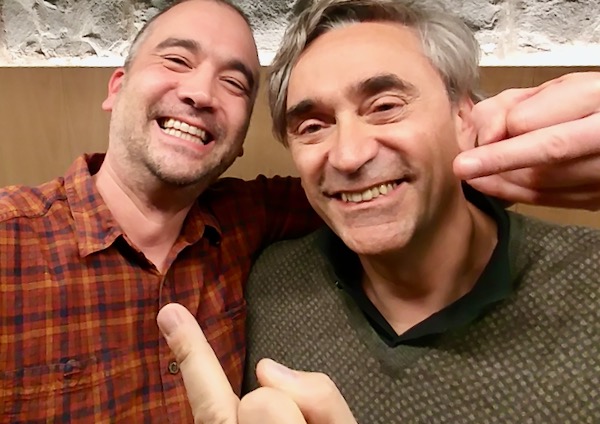








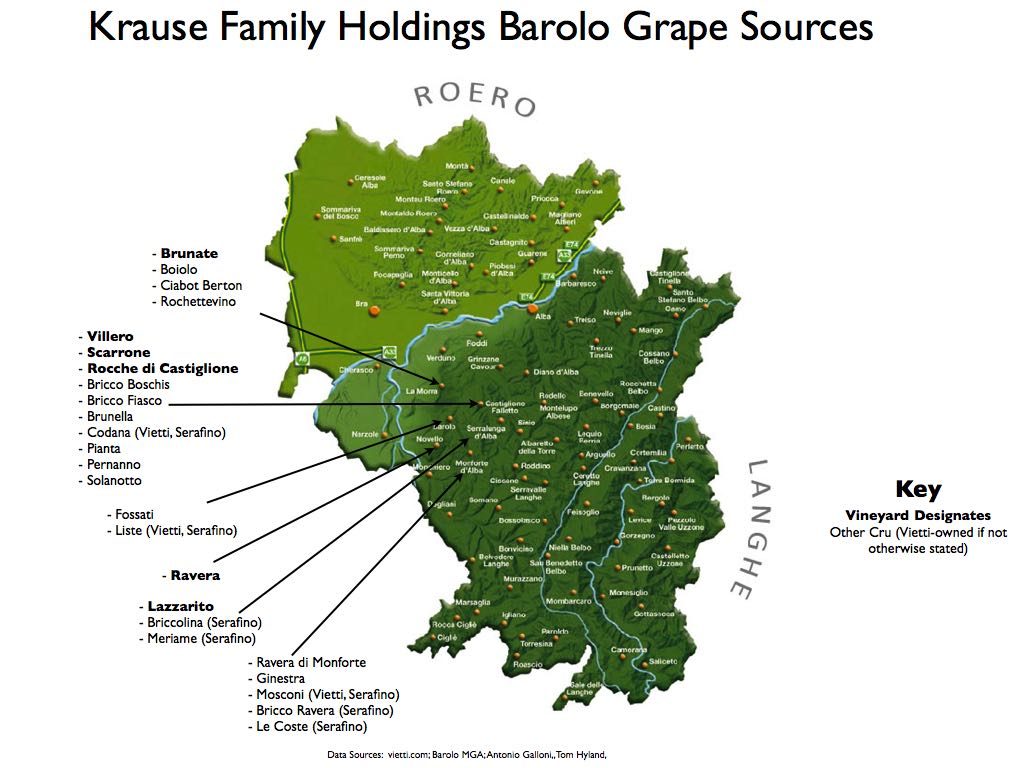
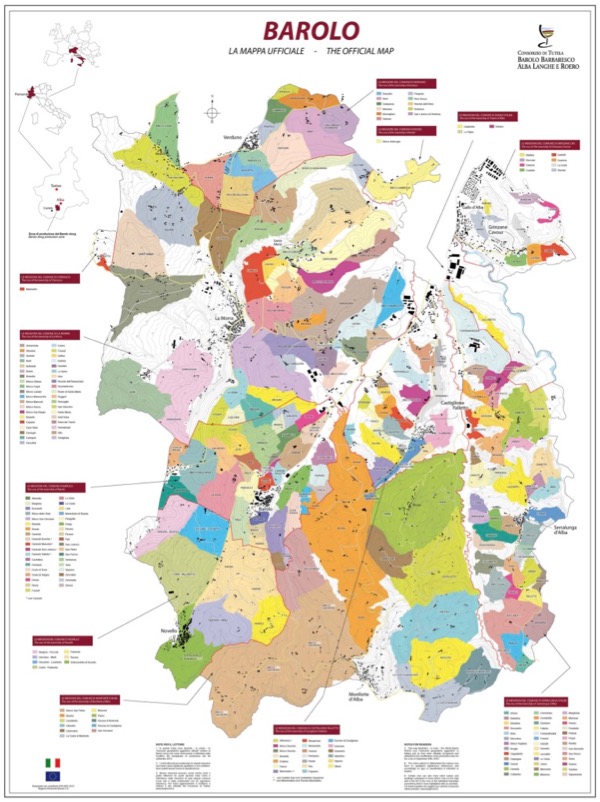

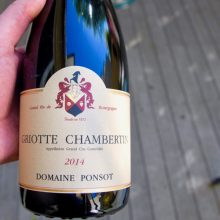
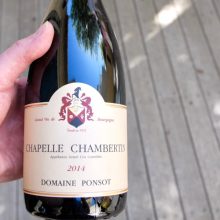
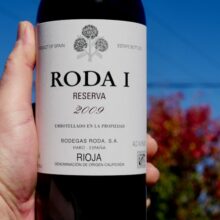
You must be logged in to post a comment.